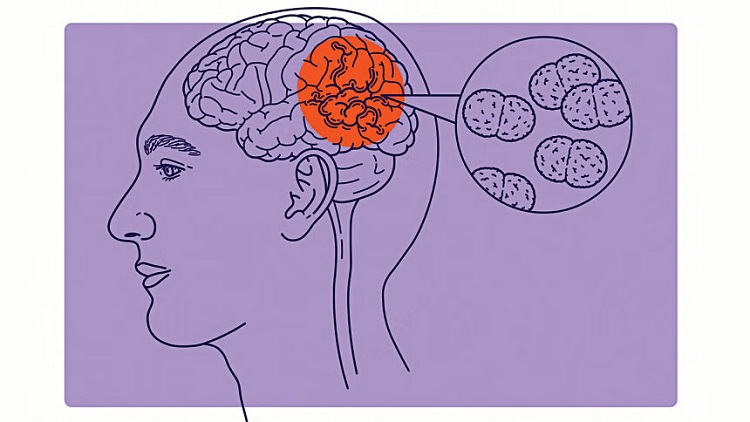Global guidelines released for Meningitis diagnosis and care


The World Health Organisation (WHO) has released its first global guidelines for the diagnosis, treatment, and care of meningitis, aiming to accelerate detection, ensure timely treatment, and enhance long-term care. The guidelines bring together evidence-based recommendations to reduce the deaths and disabilities associated with the disease.
Despite the availability of effective treatments and vaccines against certain types of meningitis, the disease remains a major global health threat. Bacterial meningitis, the deadliest form, can become fatal within 24 hours. In 2019, there were an estimated 2.5 million cases globally, including 1.6 million cases of bacterial meningitis, leading to approximately 240,000 deaths.
About 20% of those who contract bacterial meningitis develop long-term complications that affect quality of life. The disease also imposes heavy financial and social burdens on individuals, families, and communities.
"Bacterial meningitis kills one in six of the people it strikes and leaves many others with lasting health challenges," said Dr Tedros Adhanom Ghebreyesus, WHO Director-General. "Implementing these new guidelines will help save lives, improve long-term care for those affected by meningitis, and strengthen health systems."
Meningitis can affect people of any age and in any location, but the burden is especially high in low- and middle-income countries and in areas prone to large-scale epidemics. The sub-Saharan African region, known as the 'meningitis belt', remains at high risk of recurrent meningococcal meningitis outbreaks.
The new guidelines offer comprehensive recommendations for managing acute community-acquired meningitis in children over one month old, adolescents, and adults. They address all aspects of clinical care, including diagnosis, antibiotic therapy, adjunctive treatment, supportive care, and management of long-term effects. The guidelines cover both bacterial and viral causes, acknowledging the similarities in their clinical presentation and treatment approaches.
Designed for both non-epidemic and epidemic scenarios, the new document replaces the 2014 WHO guidelines focused on outbreak response. Given the disease's disproportionate impact in low-resource settings, these updated guidelines are tailored to be implementable in low- and middle-income countries.
They are intended for healthcare professionals at first- and second-level facilities, including emergency, inpatient, and outpatient services. Policymakers, health planners, academic institutions, and civil society organisations may also use them for education, research, and capacity-building initiatives.
The launch of these guidelines supports the WHO's broader Defeating Meningitis by 2030 Global Roadmap, adopted in 2020. This roadmap sets ambitious targets: to eliminate bacterial meningitis epidemics, reduce vaccine-preventable cases by 50% and deaths by 70%, and improve life quality for those affected.
Achieving these goals requires coordinated action across five key areas:
• Diagnosis and treatment: Enhancing early detection and clinical management.
• Prevention and epidemic control: Expanding affordable vaccine access and strengthening outbreak responses.
• Disease surveillance: Improving monitoring systems.
• Care and support: Ensuring early identification of long-term effects and access to care.
• Advocacy and engagement: Raising political commitment and public awareness.
With the release of these guidelines, WHO offers countries a critical tool to close existing gaps in meningitis care, paving the way for faster detection, timely treatment, and better long-term outcomes.
Source: World Health Organisation
